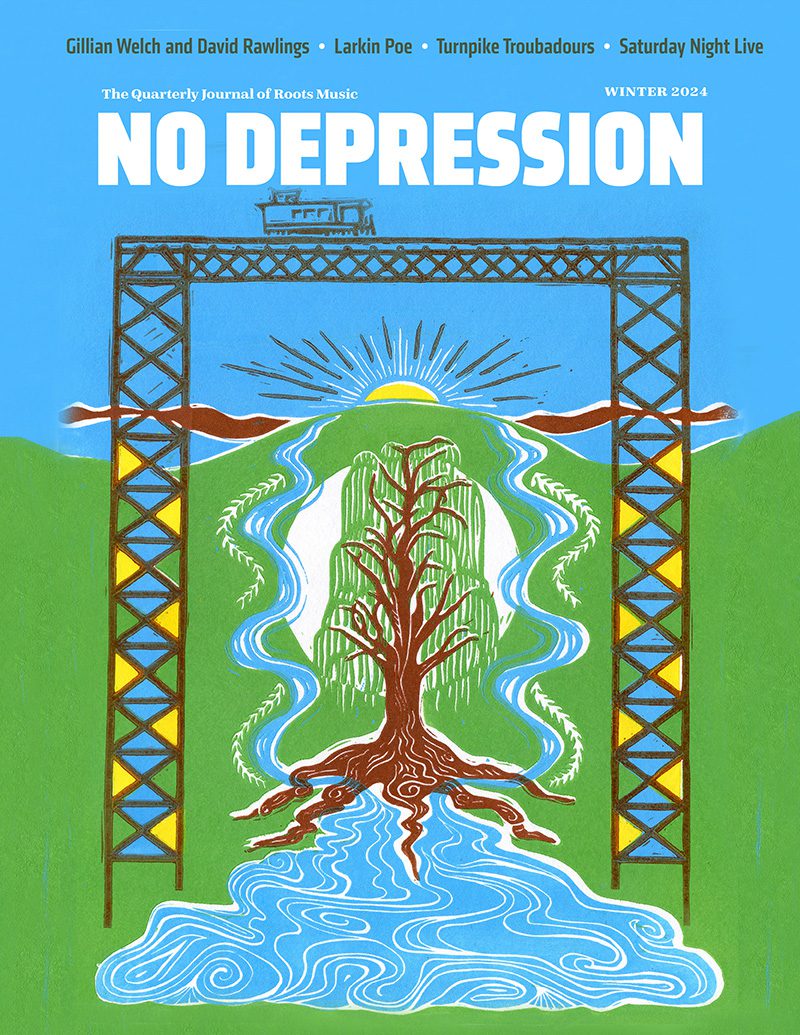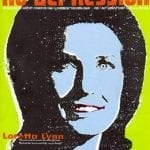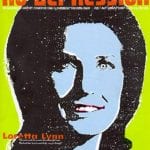Tim O’Brien – Time After Time
O’Brien’s road began March 16, 1954, in Wheeling, West Virginia, a panhandle town notorious for its Red Light District and Mafia connections, where the B&O and Pennsylvania railroads crossed. Just as he later made a career of blurring the lines between traditional and modern music, O’Brien’s initial musical experiences groomed him to break those boundaries. He heard classical music at the symphony, and saw Jerry Lee Lewis, Jimmy Martin, the Country Gentlemen and Charley Pride perform at the WWVA country jamboree.
In 1965, when O’Brien was 11, his mother took him and sister Mollie up to Pittsburgh to see the Beatles. He took up guitar at 12 — his first instrument was a Stella Harmony sunburst — and at 13, he caught the Jefferson Airplane at a nearby university. Merle Haggard inspired him to take up the fiddle after the young O’Brien watched him perform a medley of Bob Wills tunes.
The energy and vibe of live performance fueled O’Brien’s enthusiasm, especially a television broadcast of Doc Watson and a gig by a country trio (“just a bunch of greaser guys”) at a local corn roast. “I could feel the air coming off their amps,” he recalls. “If you don’t get that, you might never get turned onto it. It helps to see somebody live to get turned onto music. If you only hear records you think you can’t do it live.”
Full of teenage wanderlust. O’Brien blazed a trail to Colorado, where he formed the Ophelia Swing Band, which made two records on a small local label, Biscuit City. In 1978, he met banjoist Pete Wernick, bassist/vocalist Nick Forster and guitarist Charles Sawtelle. They became Hot Rize, and for the next dozen years delivered traditional bluegrass to a young, hip audience. They had personality, they had chemistry, and they had timing. Hot Rize’s ascent happened as public radio gained a foothold on American airwaves and as the Telluride Bluegrass Festival, although relatively young, attracted both traditionalists and newgrass enthusiasts.
“People were throwing out the rules, wearing long hair and T-shirts,” O’Brien recalls. “It was this hippie bluegrass, big jamming thing, and they put rock rhythms to it. I loved that stuff, we all did. But we found out we sounded better when we played traditional stuff. So why fight that? It went over better and we had more fun doing it. And we looked for old songs and made them relevant to the current day.”
Hot Rize made five albums (their comedic alter ego, Red Knuckles & the Trailblazers, recorded three) and appeared on the Grand Ole Opry in 1981. There they met the man who had signed up their heroes, Flatt & Scruggs, with sponsors Martha White Flour, the product that gave Hot Rize their name. “His nephew let us use the name as long as we agreed to keep the show clean,” O’Brien laughs.
Hot Rize won the IBMA’s Entertainer of the Year in 1990, but split soon after as a solo career lured O’Brien away. Hot Rize briefly reunited in 1996, only to lose Sawtelle in 1999.
O’Brien dedicated his ’99 release The Crossing, an album of Irish-influenced folk music, to his old bandmate. “Charles was a big part of the soul of Hot Rize,” O’Brien says, adding that Sawtelle’s business card listed his trade as simply “Expert.” “He kept us laughing. His presence was felt — how we dressed, how we moved. We used one vocal mike like the old-style bluegrass bands. It was as much his band as anybody’s. It was remarkable when he died; there is no question that we were all changed by Charles.”
Sawtelle had an eye for irony and had a uncanny way of seeing the world. “He’s the one who pointed out to me that you usually find only one shoe along the highway,” O’Brien muses. “And he had these rules: ‘Don’t ever turn anything all the way up. Don’t eat anything blue and don’t eat Mexican food east of the Mississippi.'”
But Sawtelle’s observations also had a more serious tone, O’Brien notes. “Somebody’d be up onstage and he’d say, ‘You may not like that music, but those people are famous and you’ll find that they are really talented and offer something.'”
O’Brien had flirted with a solo career even while in Hot Rize, releasing Hard Year Blues in 1984. Although buoyed by the success of his 1987 hit “Walk The Way The Wind Blows”, which fellow West Virginian Kathy Mattea took to the Top 10 of the country charts, O’Brien still had to adjust to flying solo.
“I was starting from scratch as far as the style of music,” he says. “I thought about going electric but that didn’t work out for me. But I had to have faith that I could do it.”
Interspersed between solo releases are three albums of duets with his sister Mollie. Take Me Back is a collection of Appalachian old-time country and folk duets that showcase their tight sibling harmonies; the more contemporary Remember Me fuses country and blues; and Away Out On The Mountain finds the duo returning to old-timey mountain music.




